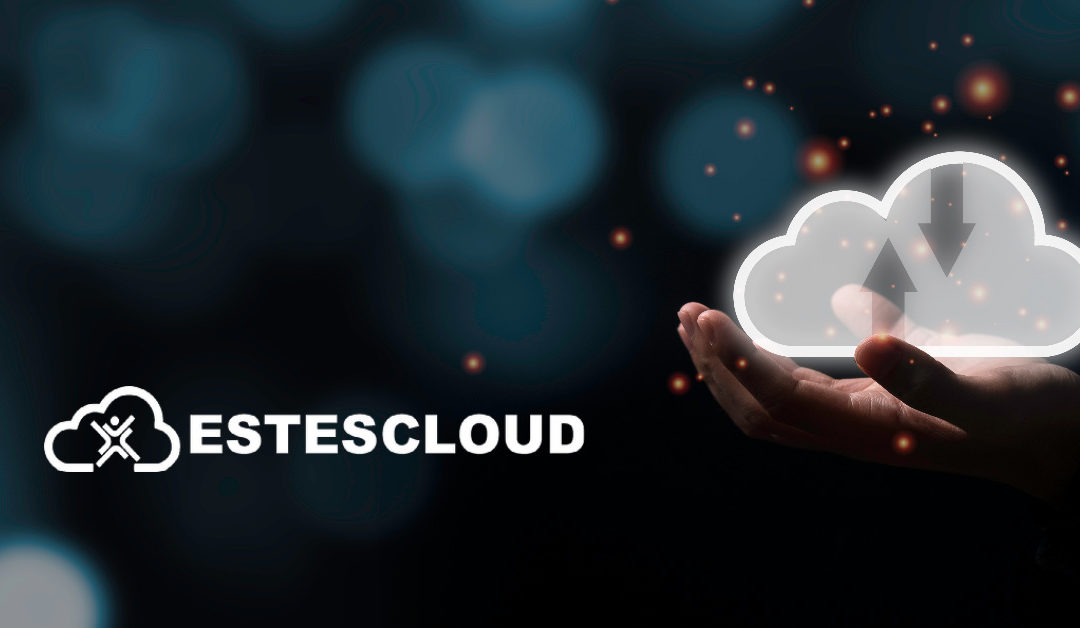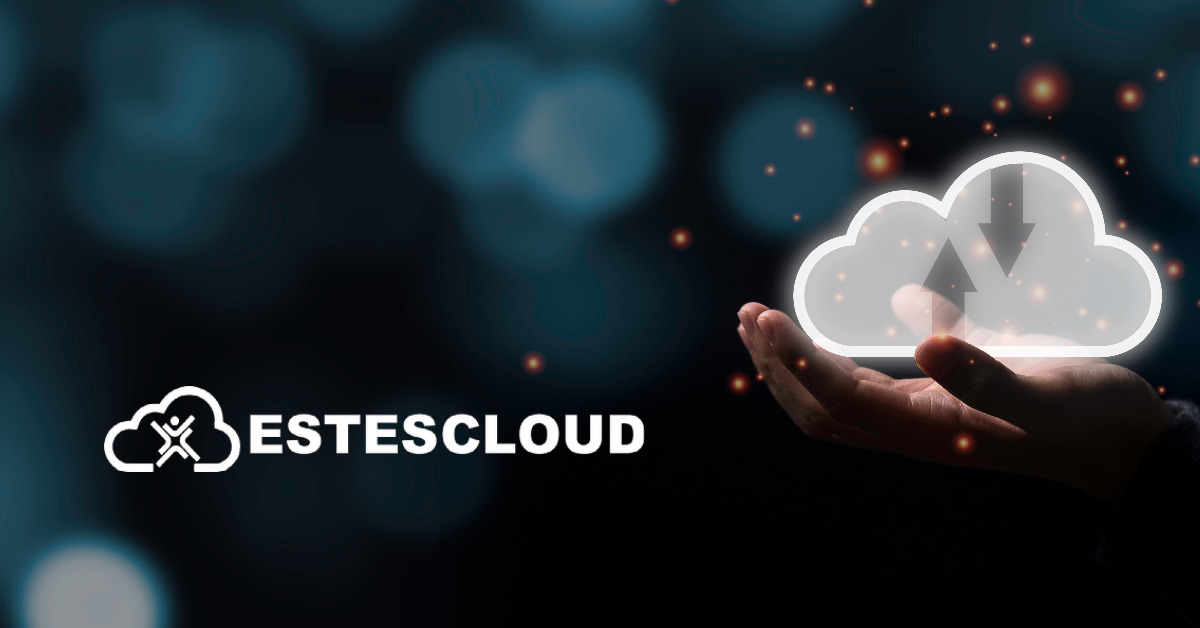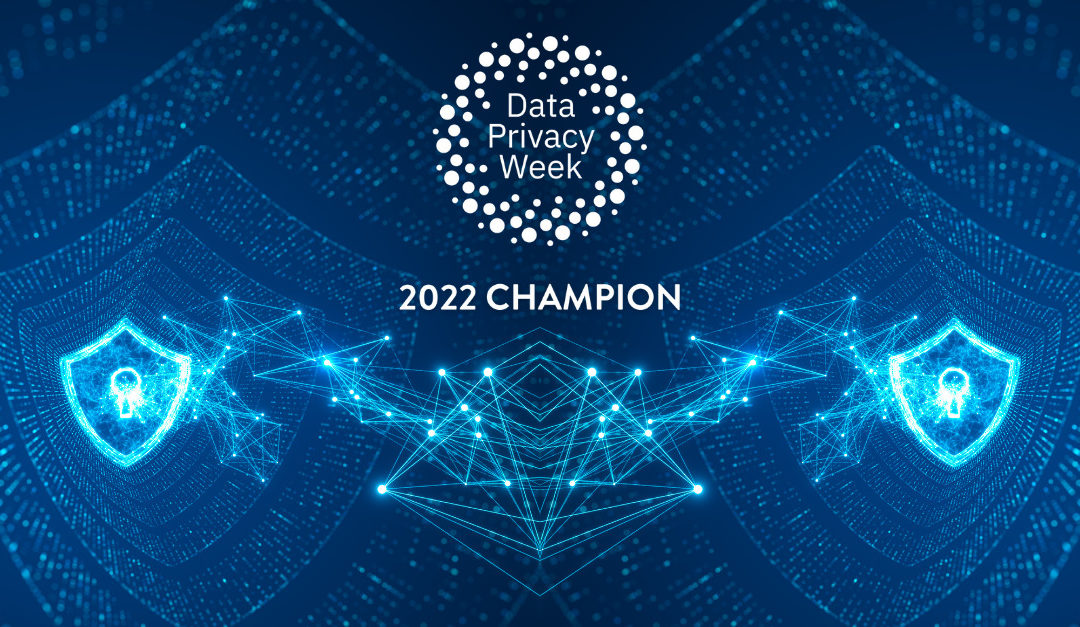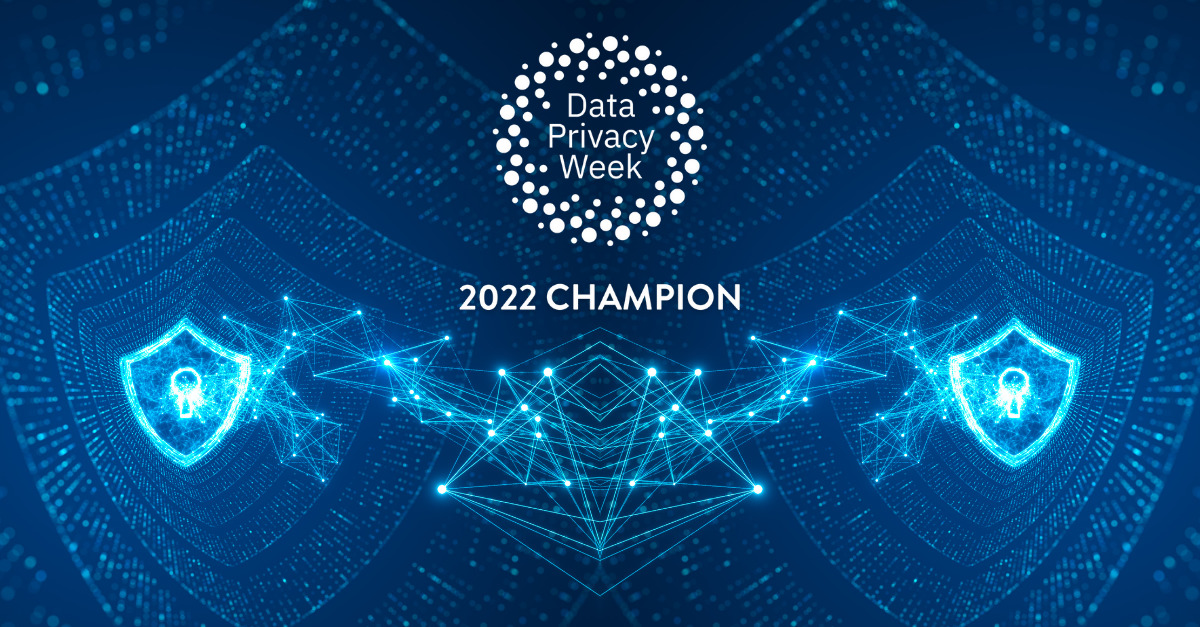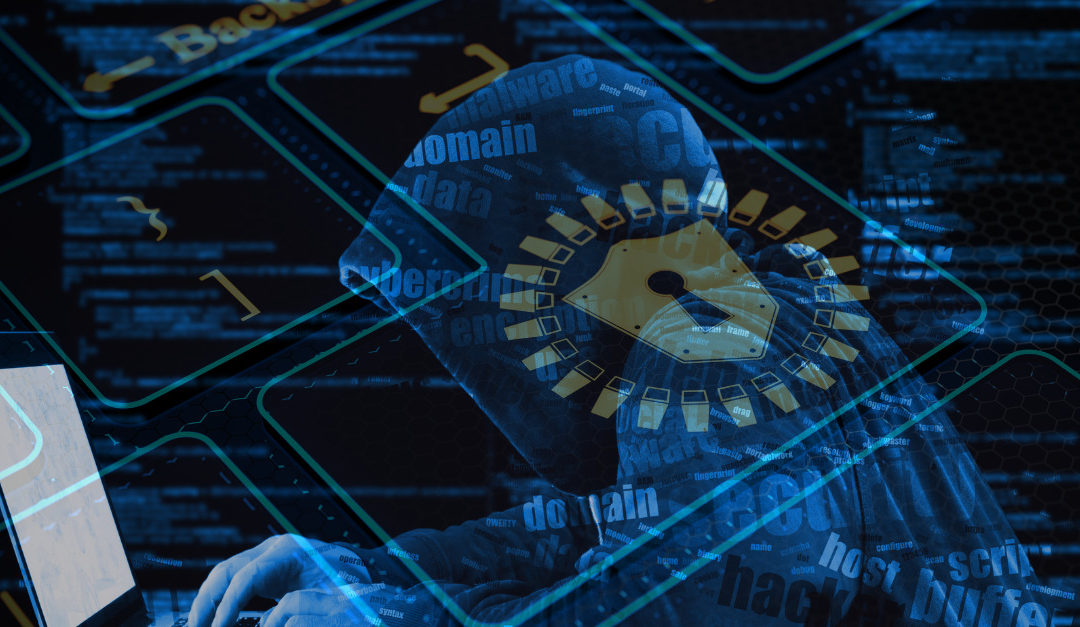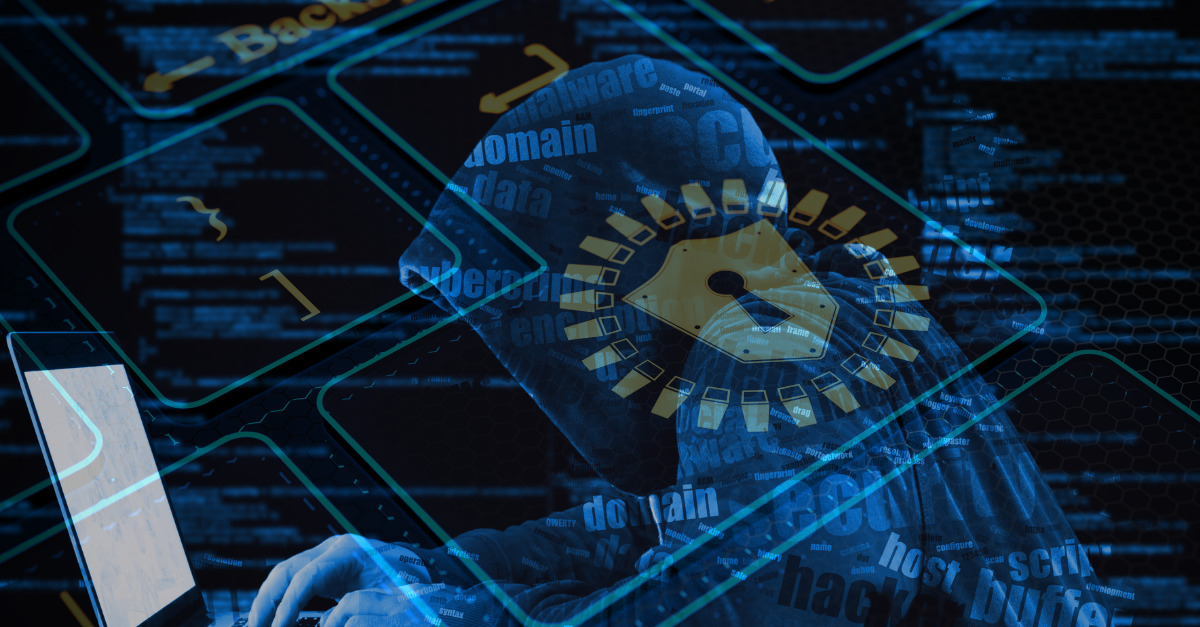
Staff Security Training Tips: What You Get Is What You Click
Security Training for Your Employees is Critical in Times of Pandemic and Political Unrest
Do you have a “get this spam away from me” approach to digital communication management? It can be tempting to be strict, to set privacy and filtering settings at the max and limit online interactions from strangers. However, our email boxes often lead us to opportunities and relationships that will ensure future business success. With this in mind, we’d like to help you understand how staff security training allows you to keep your business open to outside communication while preventing a data breach.

Digital Stranger Danger
Clicking on links is often something we do without thinking, so it’s important to provide staff security training that truly tests an employee’s impulsive online behaviors. Business owners can incorporate fraudulent link prevention strategies into routine security assessments, testing, and training by hiring a cybersecurity firm to randomly test users. This provides real data about user behavior in both the traditional office and in remote office settings.
Fake Link Identification and Education
Training your staff to know how to see a hacking attempt is considered a proactive cybersecurity strategy. Some business owners out there are comfortable with risk and choose a reactive strategy to security breaches.
Proactive Security
- Backup and disaster recovery planning
- Staff security training
- Network assessments and testing
Reactive Security
- Paying a ransomware fee to recover business data
- Issuing a cyber incident alert after a breach
- Testing backups and live system data for malware after a breach
If your goal is to prevent a security breach, then you need a proactive strategy, and this should entail staff security training.
Malicious Link Monitoring
To some business owners, a “bad” link is anything clicked that threatens privacy. In a world of email communication and marketing (often invited through a subscribe button), it’s best to train staff to recognize fake links, rather than to broadly and strictly limit communication to the outside world. However, robust endpoint security options might be your best option if you own highly sensitive data. You wouldn’t want a potential customer to end up in a spam folder, but you don’t want to risk losing compliance certifications, either. If you give your employees the tools and training needed to recognize hacking attempts, then you can safely do business online without the worries of ransomware.
URL Verification
Our top recommendation is to train your employees to observe all web addresses, or URLs. Phishing attempts often use recognized brands to trick you. With security training, your staff learns how to quickly recognize imitation URLs. Once you recognize the common patterns of cybercriminals, you can easily recognize links posing as legitimate companies. A URL might include an underscore or other symbol that doesn’t appear in the original web address.
Website verification falls into a spectrum of risk — like anything else in the world of cybersecurity. You might decide to train staff to be more aware of common edits hackers make to URLs. You might go further and train users how to right click on the address to gather more information about the hyperlink. You might use tighter measures in order to meeting compliance regulations for handling sensitive data:
- Anti-phishing software
- Virtual isolation protocols
- Outsourced managed IT security
Education is readily available for your staff. The Phish Scale, developed by the National Institute of Standards and Technology (NIST), is an excellent example of free training available on their website.
Even the most careful clickers can fall into a hacker’s trap. This frequently happens when the name of a legitimate company is used as a malicious hyperlink.
Email Monitoring
How full is your “Junk Email” box? Smart mailboxes usually send suspicious, or unknown, emails to a junk folder. Some programs go one step further and prevent a user from opening a “junk” or “spam” email unless it it first moved to an inbox. Email monitoring software often comes with a free trial period, so you can gauge how effective the solution is at preventing security risks through a spam filter for incoming emails.
How can you prevent your staff from opening junk email? Phishing scams result in more than 90% of security breaches in some geographical areas, with around 3 out of every 4 American businesses falling prey to an email-based cyberattack.
Because of the prevalence of phishing attacks, email monitoring needs to include a human. Software is a step in the right direction, but staff security training makes your cybersecurity solution more effective.
- Employees gain email monitoring skills that complement antivirus and malware monitoring solutions
- Employees learn how to identify the authenticity of websites and URLs, email addresses and emails, phone numbers and text messages, as well as other contact information sources that could be altered to trigger malicious attacks
- Employees develop intuition for recognition of a cyberattack and learn how to launch a proactive security alert to coworkers
- Employees learn how to train and test one another, creating a self-monitoring environment conducive to productivity
Email boxes are a common information security risk for unauthorized access to company information, as well as personal information. View your mail server as a data security risk, and see your junk email folder as a soft problem-solving step toward more robust protection like full server monitoring intrinsic to a private cloud hosted environment.
Cyber threats are getting smarter and can take advantage of an operating system that needs to be patched or of a user mindlessly clicking on a “junk e mail” posing as a junk email. Small edits can help phishing attacks get through even the best software, and can trick even the most suspicious and judicious humans. If you need more robust technical support than your internal IT team can offer, then partner with a managed service provider (MSP) like EstesGroup for expertise when you need it.
IT Support and Staff Security Training Services for Your Business
EstesGroup is a leader in the fusion of cutting-edge enterprise resource planning (ERP), business software solutions, and human talent. If you are concerned about the rise in successful phishing attacks and other malicious cyberthreats, then you should sign up for a free technology assessment today. You are a short phone call away from knowing if you need a more advanced security audit or even a penetration test. For more security tips, please register for one of our virtual events. Do you have an immediate cybersecurity concern? Talk to an IT support specialist now.

